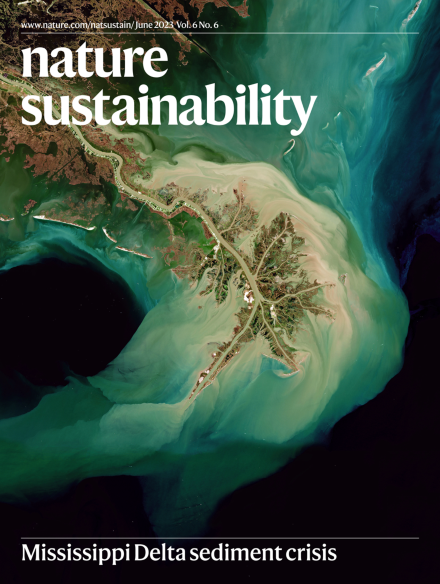水蒸馏中催化质子交换净化氚化水的研究
IF 27.1
1区 环境科学与生态学
Q1 ENVIRONMENTAL SCIENCES
引用次数: 0
摘要
核设施氚化水排放对环境造成重大风险,威胁到核能的可持续性。然而,由于水同位素物之间的物理化学性质几乎无法区分,深层的变质作用仍然是一个主要的挑战。本文提出了一种基于催化质子交换的氢同位素分离方法。在金属有机框架(MIL-101(Cr))中发现的独特的催化促进质子转移途径显着降低了同位素交换能垒到以前未实现的水平。将MIL-101(Cr)加入到水蒸馏(WD)系统中,可以实现固液气三相传质,克服了传统WD依赖于液气两相同位素交换的热力学限制。与现有的WD系统相比,所建立的WD原型的理论板等效高度降低了一半,从而使10m精馏塔的分离效率提高了4个数量级以上。这项工作为净化氚化水提供了工业上可行和可扩展的选择。从受放射性污染的水中分离氚是极其困难的。本文将催化氢同位素交换引入到水蒸馏中,实现了优异的脱硝性能。本文章由计算机程序翻译,如有差异,请以英文原文为准。

Catalytic proton exchange in water distillation for efficient tritiated water clean-up
Tritiated water emissions from nuclear facilities pose significant environmental risks and threaten the sustainability of nuclear energy. However, deep detritiation remains a major challenge due to the nearly indistinguishable physicochemical properties among water isotopologues. Here we present an efficient hydrogen isotope separation process based on catalytic proton exchange. The unique catalysis-promoted proton-transfer pathway found in a metal–organic framework (MIL-101(Cr)) significantly lowers the isotope exchange energy barrier to a previously unachieved level. Incorporating MIL-101(Cr) into a water distillation (WD) system enables a solid–liquid–gas triphasic mass transfer that overcomes the thermodynamic constraints of traditional WD, which relies on a liquid–gas biphasic isotope exchange. The height equivalent to the theoretical plate of the established WD prototype fell by half compared to the existing WD systems, thus increasing the separation efficiency by over four orders of magnitude in a 10-m distillation tower. This work offers an industrially viable and scalable option for cleaning up tritiated water. It is extremely difficult to separate tritium from radioactively contaminated water. Here the authors introduce catalytic hydrogen isotope exchange to water distillation, realizing excellent detritiation performance.
求助全文
通过发布文献求助,成功后即可免费获取论文全文。
去求助
来源期刊

Nature Sustainability
Energy-Renewable Energy, Sustainability and the Environment
CiteScore
41.90
自引率
1.10%
发文量
159
期刊介绍:
Nature Sustainability aims to facilitate cross-disciplinary dialogues and bring together research fields that contribute to understanding how we organize our lives in a finite world and the impacts of our actions.
Nature Sustainability will not only publish fundamental research but also significant investigations into policies and solutions for ensuring human well-being now and in the future.Its ultimate goal is to address the greatest challenges of our time.
 求助内容:
求助内容: 应助结果提醒方式:
应助结果提醒方式:


